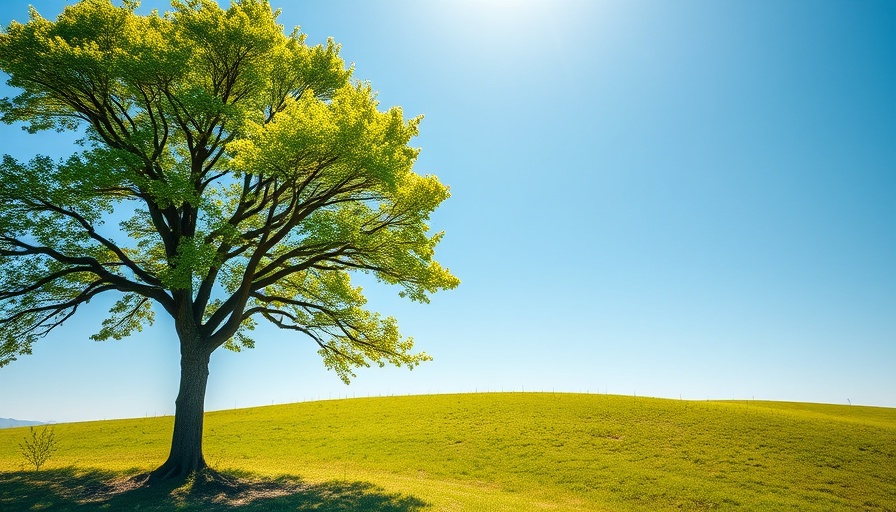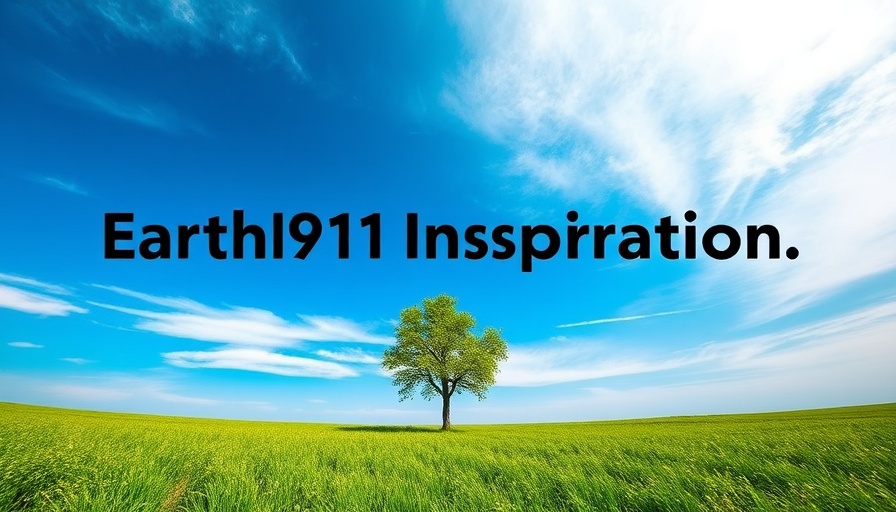
Unmasking Censorship: The Ongoing Struggle for Climate Information
In early 2025, controversies erupted once again as the Trump administration faced backlash for systematically eliminating climate-related content from federal websites. This move, reminiscent of actions taken during the previous administration, raises alarms for advocates who believe that informed citizenry is essential to address the pressing climate crisis impacting lives across the nation.
Days after President Trump’s inauguration, executive orders initiated by his office led to widespread removal of vital climate information from key government platforms. Websites crucial to providing citizens with scientific data and insights on climate issues have vanished, leaving behind a vacuum of knowledge during a time when our planet faces unprecedented environmental challenges.
The Climate Crisis and Its Consequences
The implications of this censorship extend far beyond mere information loss; they threaten communities vulnerable to extreme weather events. As climate scientists and policymakers alike voice concerns over mounting temperatures and catastrophic weather patterns, the need for transparency and public engagement has never been more crucial. Without access to the data informing agricultural, urban, and climate resilience strategies, communities are left unequipped to confront the ongoing challenges.
The Importance of Access to Climate Information
Organizations like Earthjustice have stepped forward to fight against these draconian measures. By filing lawsuits aimed at restoring access to stripped-down resources, they assert the necessity for farmers, researchers, and everyday citizens to have dependable information that guides decision-making in the face of climate change. Farmers heavily rely on federal data to gain insight into weather patterns, funding opportunities, and sustainability practices - critical components for ensuring food security amidst changing climate conditions.
Climate-smart practices have shown to be beneficial for both the environment and agricultural viability. By prohibiting access to resources that support such practices, the Trump administration monetarily jeopardizes farmers and hampers national efforts toward implementing climate-resilient solutions. The argument supported by research indicates that consumers are willing to invest more in sustainable food options — an opportunity that policy alterations could greatly diminish if access to climate information continues to decline.
Lessons from History: Censorship and Its Dangers
The trend of information suppression echoes historical parallels where access to knowledge has been restricted for ideological reasons, a tactic not conducive to democracy. The debate surrounding climate change has become increasingly polarized, but at its core lies the undeniable truth that climate change is an urgent global crisis. Much like how past administrations attempted to manipulate available data for political gain, the current status quo threatens the very fabric of informed civic engagement.
Experts like Michael Mann, a prominent climate scientist, express concern stating, "The keys to the car have been given to the polluters and fossil fuel plutocrats, and they intend to drive it off the climate cliff." His dire warning encapsulates the stakes at play, as farmers and citizens alike engage with an environment that continues to challenge their adaptability.
The Role of Advocacy in Shaping Future Policies
Advocacy groups play an essential role in elevating the voices of citizens who understand the paramount need for climate action. Collaboration across sectors becomes vital in safeguarding access to scientific data. Institutions like Earthjustice, alongside universities and research organizations, are championing initiatives to halt the erosion of critical information channels. By mobilizing legal action and raising public awareness, they underscore that censorship undermines democracy and irrationally sidelines the importance of science in policy discussions.
Call to Action: Engage and Educate
The time has come for citizens concerned about climate censorship to unite and demand accountability. The need for an informed and engaged populace is paramount in effecting change. Advocating for transparency and access to climate information can shape not just local policies, but national narratives surrounding sustainability. Sharing Earth911 Inspiration posters or engaging in community discussions can contribute to a robust legislative environment where climate action is prioritized. As the climate crisis escalates, we must not only seek information but amplify the voices leading the charge for climate accountability.
 Add Row
Add Row  Add
Add 




Write A Comment